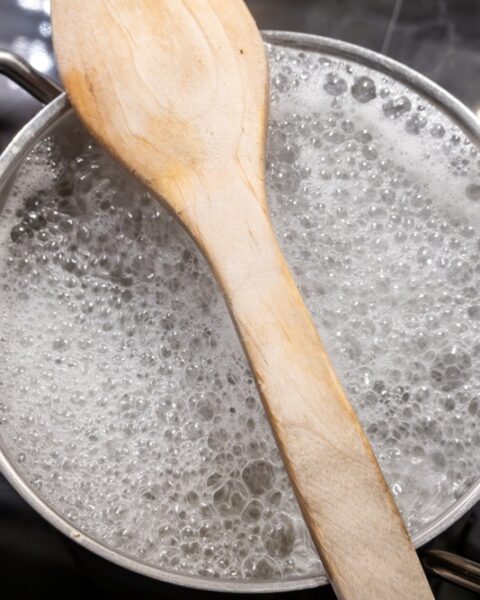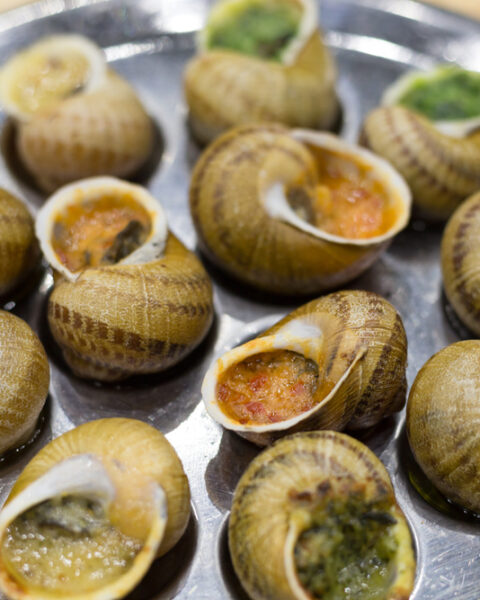Bay leaves might seem like a simple ingredient, but they pack a punch when it comes to flavor. Whether you’re simmering a pot of soup or whipping up a savory stew, these leaves can add a subtle yet essential depth to your dishes. They come from the bay laurel tree and have been a staple in kitchens around the world for centuries. Although they might look like just a dry leaf, they’re a powerhouse in cooking, capable of transforming your meals with their aromatic touch. In this guide, we’ll dive into the many ways you can use bay leaves to elevate your cooking game.
Contents
- 1 Bay Leaves in Soups and Stews
- 2 Making Bay Leaf Tea
- 3 Bay Leaves in Marinades
- 4 Flavoring Rice and Grains
- 5 Enhancing Sauces and Gravies
- 6 Bay Leaves in Baking
- 7 Infusing Oils and Vinegars
- 8 Bay Leaves in Pickling
- 9 Using Bay Leaves in Roasting
- 10 Using Bay Leaves in Stocks and Broths
- 11 More From RetailShout
- 12 12 Cheap Dollar Tree Essentials You Won’t Find Anywhere Else
- 13 16 Common Yard Sale Items That Are Wastes of Money
Bay Leaves in Soups and Stews
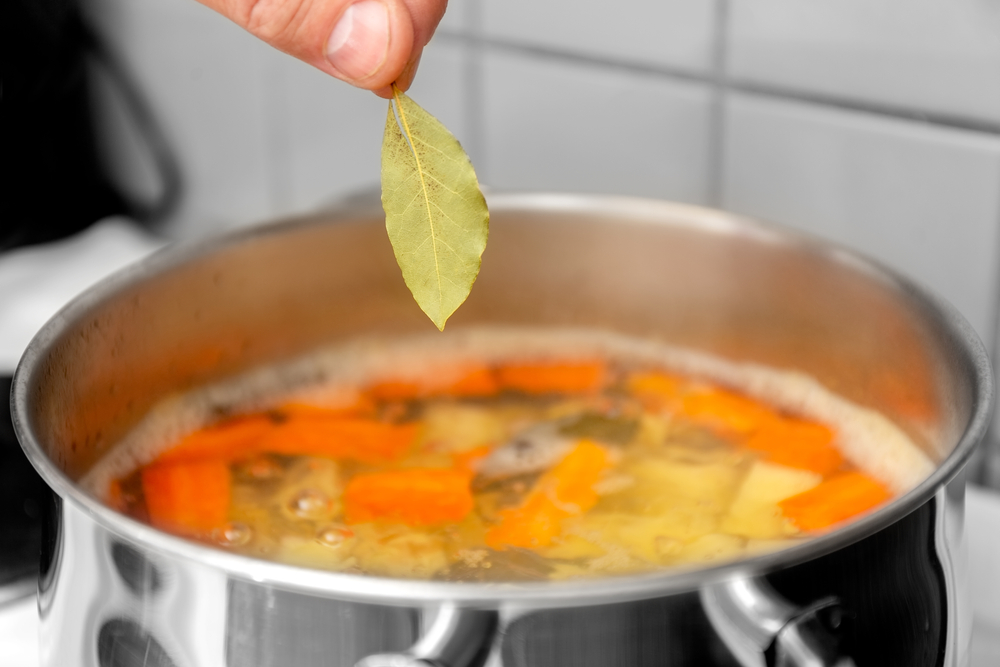
Adding bay leaves to soups and stews enhances the overall flavor of the dish. They infuse the broth with a subtle herbal aroma that complements the other ingredients. One or two leaves are sufficient for a large pot of soup or stew. Allow the leaves to simmer for at least 30 minutes to extract their full flavor. Remember to remove the bay leaves before serving, as they remain tough and are not meant to be eaten. Their presence elevates the dish without overpowering it.
Making Bay Leaf Tea

Bay leaf tea is a popular remedy for indigestion and other digestive issues. To make the tea, steep one or two bay leaves in boiling water for about 10 minutes. This tea can help lower blood pressure, boost metabolism, and reduce stress. It has a mild, aromatic flavor that can be enhanced with a bit of honey or lemon. Drinking bay leaf tea regularly may also provide anti-inflammatory benefits. Ensure the leaves are fully submerged for maximum extraction.
Bay Leaves in Marinades
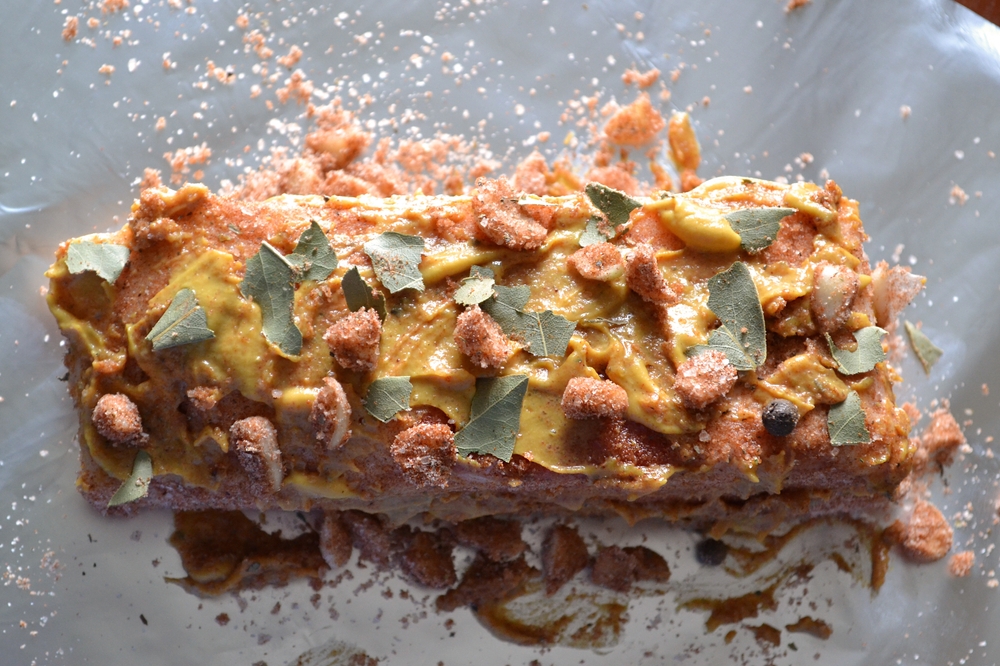
Using bay leaves in marinades can add a complex flavor to meats and fish. Crush a few leaves and mix them with other herbs and spices for the marinade. The leaves release their oils, infusing the marinade with their unique aroma. Marinate the meat or fish for several hours or overnight for best results. Bay leaves work particularly well with red meats and poultry. They can also be added to the marinade for seafood, enhancing the dish’s overall flavor profile.
Flavoring Rice and Grains
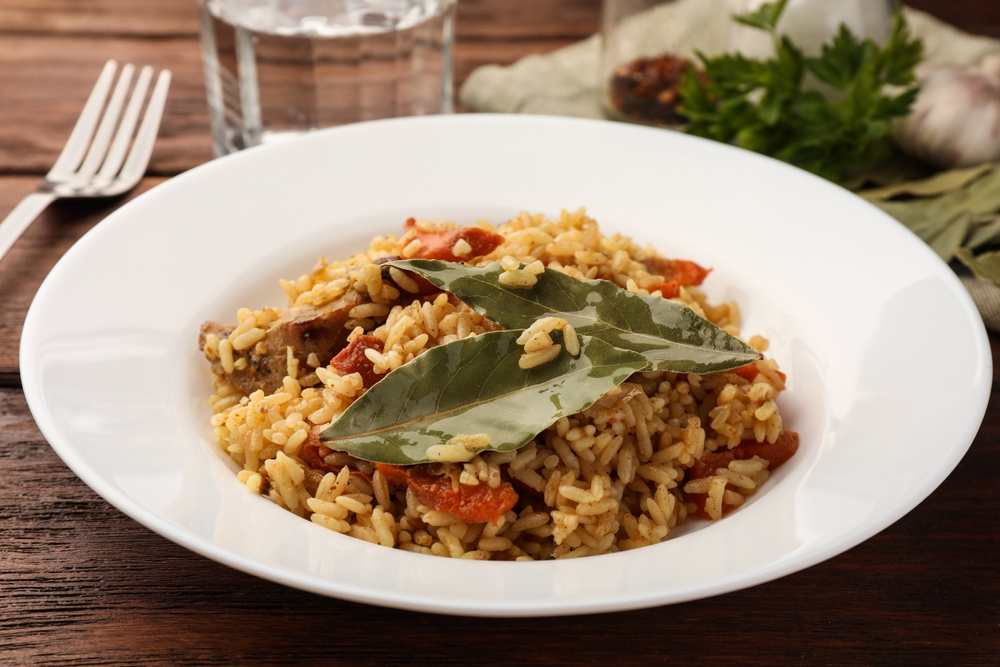
Bay leaves can be used to flavor rice and other grains during cooking. Add one or two leaves to the cooking water for rice, quinoa, or couscous. The leaves impart a subtle, aromatic flavor that complements these grains. Remove the leaves before serving to avoid any bitterness. This method works well for pilafs and other grain-based dishes. The bay leaves’ aroma enhances the natural flavors of the grains.
Enhancing Sauces and Gravies
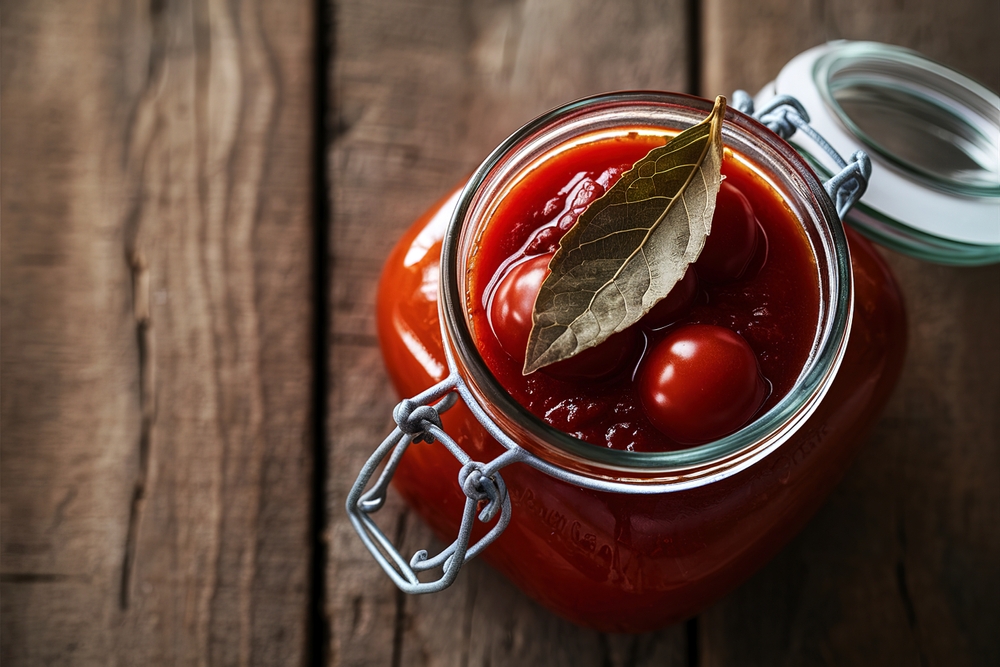
Including bay leaves in sauces and gravies can deepen their flavor. Add one or two leaves while the sauce simmers, allowing them to infuse their essence. Bay leaves pair well with tomato-based sauces, cream sauces, and gravies. Simmer the sauce for at least 20 minutes to allow the flavors to meld. Always remove the bay leaves before serving. Their contribution to the dish is subtle yet significant.
Bay Leaves in Baking
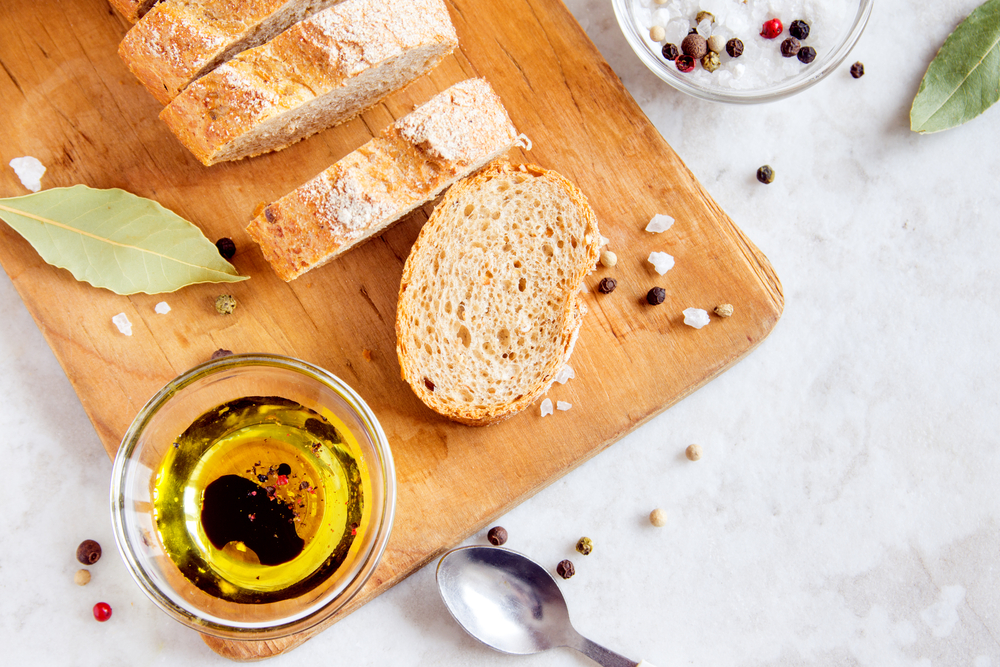
Surprisingly, bay leaves can be used in baking, particularly in savory bread and biscuits. Place a bay leaf at the bottom of the baking dish or pan before adding the dough. The heat will release the leaf’s oils, infusing the bread with a mild, aromatic flavor. This technique is often used in Mediterranean and Indian baking. Ensure the leaf does not burn during baking. It adds a unique twist to traditional baked goods.
Infusing Oils and Vinegars
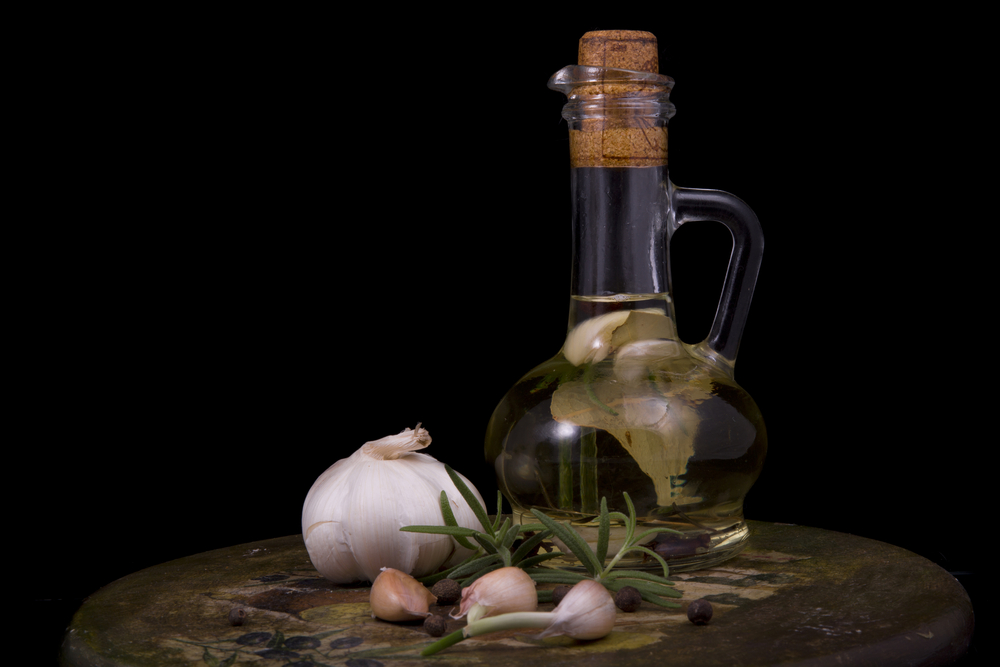
Bay leaves can be used to infuse oils and vinegars with their distinctive flavor. Place a few dried leaves in a bottle of olive oil or vinegar and let it sit for a few weeks. The leaves will release their oils, adding a subtle herbal note to the liquid. This infused oil or vinegar can be used in dressings, marinades, or as a finishing touch to dishes. Strain the leaves out after a few weeks to avoid overpowering the flavor. Store the infused liquid in a cool, dark place.
Bay Leaves in Pickling
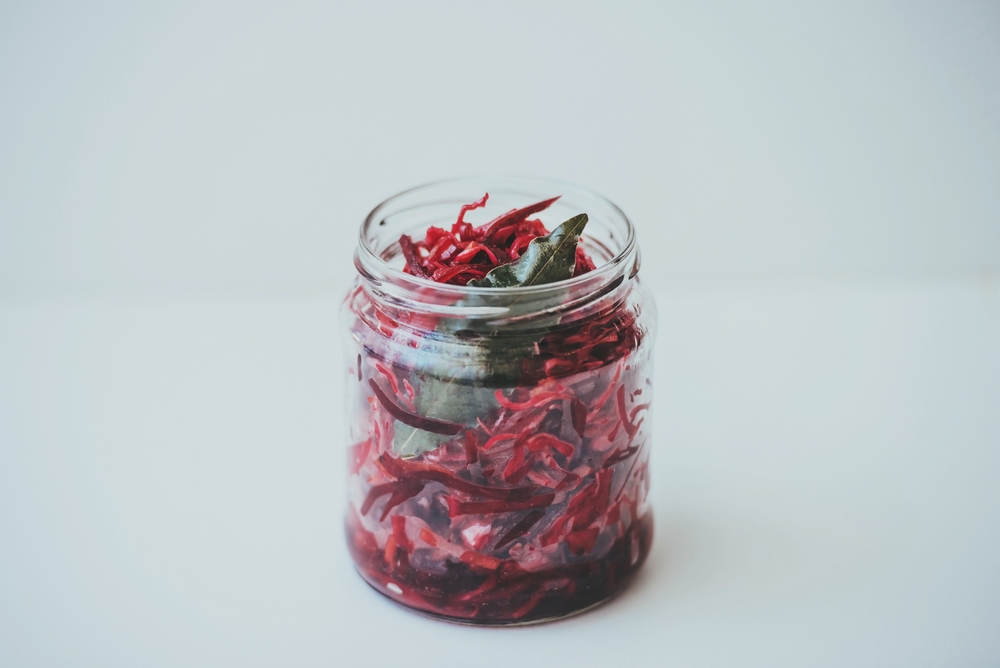
Bay leaves are a common ingredient in pickling brines for vegetables. They add an aromatic element that enhances the flavor of pickled cucumbers, carrots, and other vegetables. Add a few bay leaves to the pickling solution along with other spices. The leaves help balance the acidity and contribute to the overall flavor profile. Ensure the bay leaves are evenly distributed in the brine. This method preserves the vegetables with a delightful herbal note.
Using Bay Leaves in Roasting

Bay leaves can be used in roasting to enhance the flavor of meats and vegetables. Place a few leaves in the roasting pan or cavity of a whole chicken or turkey. The leaves release their oils during the roasting process, infusing the meat with their aroma. This technique works well with root vegetables like potatoes and carrots. The bay leaves add a subtle, earthy flavor that complements the roasted ingredients. Remove the leaves before serving to avoid any bitterness.
Using Bay Leaves in Stocks and Broths
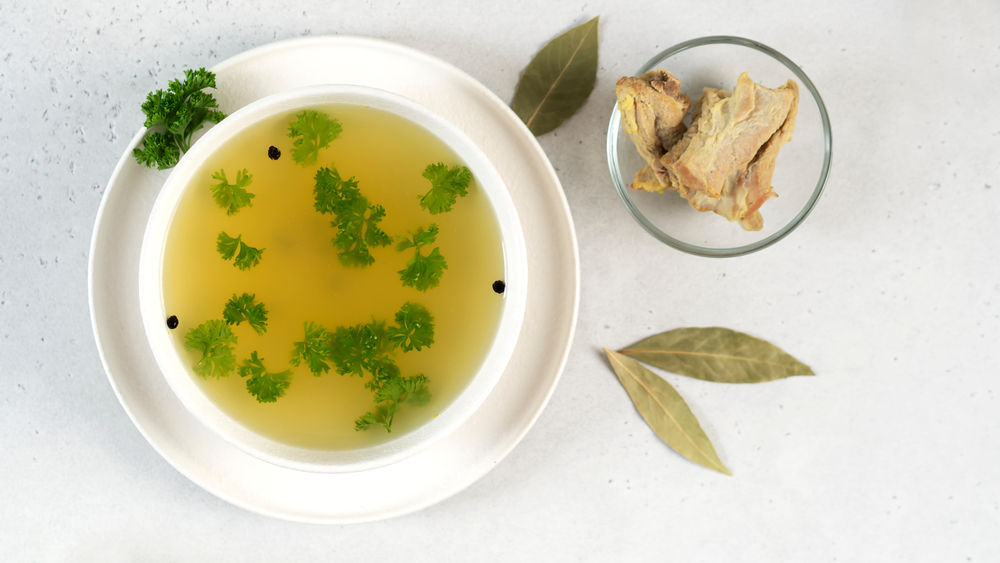
Bay leaves are essential for creating rich and flavorful stocks and broths. Adding a couple of bay leaves to a simmering pot of stock can significantly enhance its aroma and depth. The leaves should be added early in the cooking process to allow their flavors to meld with the other ingredients. They pair well with both vegetable and meat-based stocks. Typically, one or two leaves are enough for a large pot of stock. Remember to strain the stock to remove the leaves before use, ensuring a smooth and aromatic base for soups and sauces.
This article originally appeared on RetailShout
More From RetailShout
15 Items You Can Ditch for a More Minimalist Lifestyle
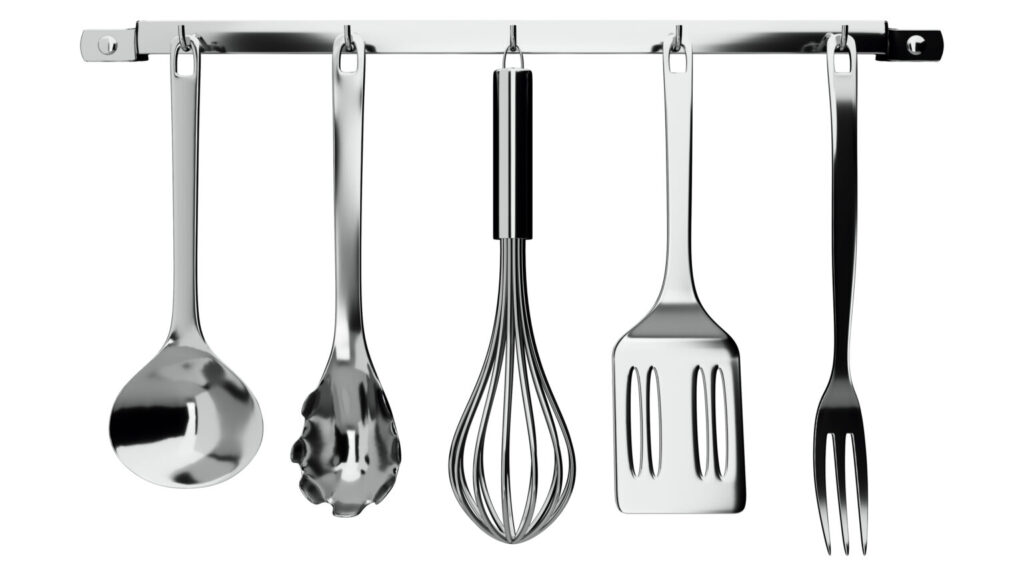
Have you ever stopped, looked around your house, and felt overwhelmed by the sheer amount of stuff you own? The clutter, the excess, the things that no longer serve a purpose but continue to occupy valuable space – all of these can contribute to a sense of chaos and stress in your daily life. Embracing a minimalist lifestyle can help you regain control and create a more streamlined, peaceful environment. Read More.
12 Cheap Dollar Tree Essentials You Won’t Find Anywhere Else

Have you ever stepped into Dollar Tree expecting their usual arrangement of budget-friendly goods, and then stumble into an unexpectedly delightful product? It’s in these moments you’ll realize that there are a lot of interesting discoveries at Dollar Tree that you will not find anywhere else. Read More.
16 Common Yard Sale Items That Are Wastes of Money

Yard sales are a treasure trove for bargain hunters and those looking for unique finds. However, not everything sold at a yard sale is a good deal. These are due to several reasons. If any of these factors are present, then the item is most definitely a waste of money. Read More.




